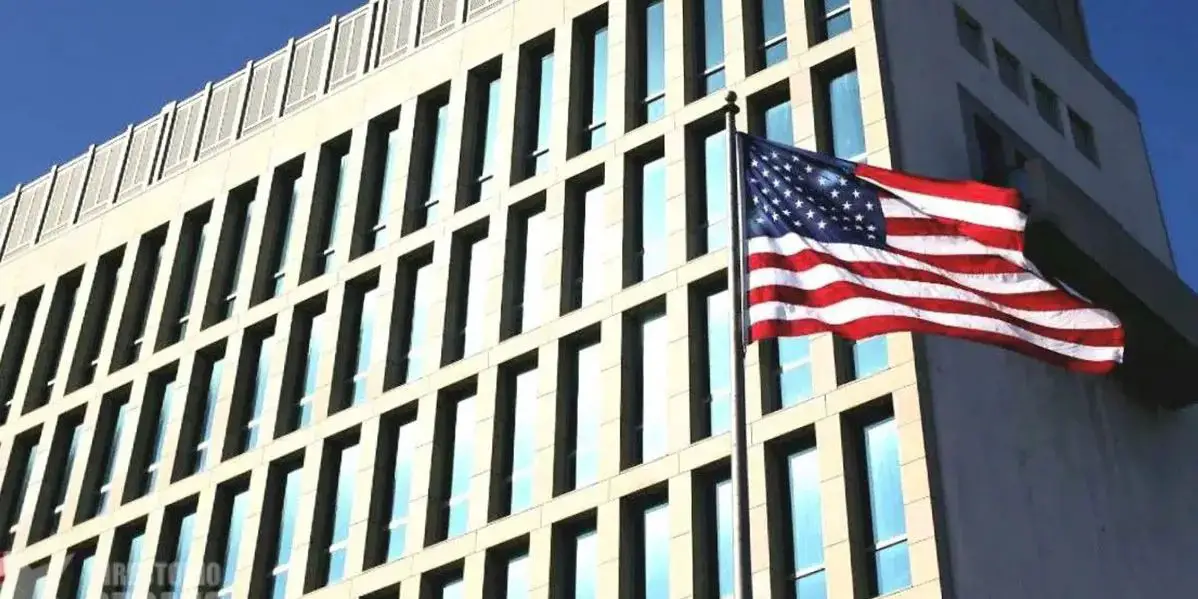The study and research has been reinforced in Colombia in terms of seeds and conservation. Joe Tohme, director of the area of crops for nutrition and health of the Alliance of Bioversity International and the International Center for Tropical Agriculture (Ciat), spoke with Portafolio about the collection of beans, cassava and forages that he has in Palmira, Valle del Cauca, of the initiatives of the organization to work on well-being and hunger reduction issues.
(Read: Colombia and Korea join in the implementation of rural reform).
How many collections do you have in Colombia?
In the country, we are responsible for the world collections of beans with 37,936 samples, of cassava we have 5,963 and of tropical forages we have 22,657 samples, for a total of 66,000 accessions.
These collections have a specific legal framework of the international treaty on genetic resources of the FAO. We are the custodians because these crops return to the genetic ownership of the materials. We have the world heritage with three that are from the Colombian family basket, rice, beans and cassava.
How is the conservation process?
Let’s take beans as an example, the cargamanto seed, which is a variety, is collected and we keep it around -20 degrees. It can last between 8 to 10 years under this conservation method. After this time it loses its viability and it is time to plant it. The Seeds of the Future program has a plan for each material and determines when it is time to sow it. We have different stations in Valle del Cauca where there is the capacity to sow materials of different ecological adaptations. It is returned to the bank, cleaned and stored again.
What countries are they in?
We are part of an international center, the first was established in the Philippines, which has rice, in Mexico they have corn and wheat, and in Lima we have potatoes and sweet potatoes. We have other centers in the Middle East and Africa, so there is a specialization of different centers that guard the heritage on 12 key foods for the daily diet. We have the responsibility not only for conservation, but also for the study and distribution of this material to national and international partners.
(In addition: The export of cape gooseberry is in clear recovery).
Are the productions marketed?
The center is non-profit, we have external funding for conservation, study and distribution, but not commercially.
What organizations are you close to?
We are working with Agrosavia, universities, ICA, Fenalce, Fedearroz, among others. Part of the center’s mission is to build capacity nationally and also internationally.
How do seeds strengthen?
We conserve and train these gene pools for the present and for the future. We do it in different areas to have materials resistant to diseases, which are also highly nutritious. In the case of cassava it is about vitamin A, in rice it is about zinc and in beans, iron and zinc. For climate change, bean material has already been identified for Latin America, especially from Mexico, which has tolerance to high temperatures and others to drought levels.
How is the center made up?
We have around 820 employees. We are around 12 centers that have a specialization in Latin America. We are also close to the cocoa sector, among others. Ciat’s partner in Colombia is the Ministry of Agriculture and Agrosavia.
(Read: Fishing is at risk due to environmental decisions).
How are they financed?
We have a broad portfolio that is around US$110 million that comes from different donors. The donor pool is diverse, the Colombian Development Aid Agency is one of the highest, but we have an association with the European community, Canada, Switzerland, the Rockefeller Foundation and the Gates Foundation.
Do you plan to increase capacity?
We are reaching a point where the diversity that exists is already collected. The important part for us, and which is somewhat sad, is that several of the collections that are in Palmira have already disappeared in their original habitat. The importance of these collections is to preserve the cultural heritage of humanity for the future.
How are you doing in terms of sustainability?
We are working at Ciat on research to maintain the part of sustainability and regenerative agriculture that are part of our strategy for climate change, and also to strengthen the national system. One of the commitments that we assume in this center is to have an environmental certification and we are proud that it is the first bank in the world that has the Leed Platinum certification. We have alliances with Celsia with a solar plant that gives us 40% of the energy on campus.
DIANA K. RODRIGUEZ T.
Portfolio Journalist







